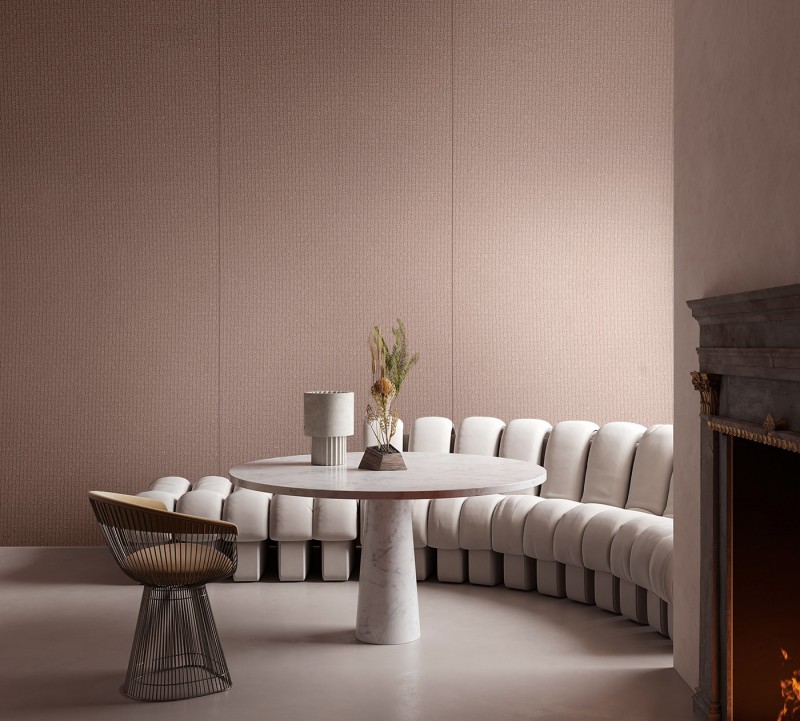Slat panelling has become a popular choice for modern interiors, commercial spaces, and acoustic solutions, offering both aesthetic appeal and functional benefits. But selecting the right wood material is essential to ensure durability, acoustic performance, and visual impact.
At Guangdong Liyin Acoustics Technology Co., Ltd.( Leeyin panels ), we specialize in high-quality wood slat panels, providing premium materials, precision craftsmanship, and superior acoustic performance. As a leading manufacturer and exporter of wood slat wall panels in China, we ensure our products meet global quality standards while enhancing interior design.
In this article, we’ll explore the best types of wood for slat panelling, their advantages, and how to choose the right option for your project.
1. What Makes a Good Wood for Slat Panelling?
When choosing wood for slat wall panels, consider these key factors:
✅ Durability – Long-lasting and resistant to wear and tear
✅ Aesthetic Appeal – Attractive grain patterns and natural tones
✅ Acoustic Properties – Capable of absorbing sound and reducing noise
✅ Sustainability – Responsibly sourced and eco-friendly
✅ Ease of Maintenance – Resistant to scratches, stains, and humidity

2. Best Wood Types for Slat Panelling
🔹 Oak (White Oak & Red Oak) – A Premium Choice
✔️ Highly durable and strong
✔️ Beautiful natural grain patterns
✔️ Excellent for modern and classic interiors
✔️ Can be stained, painted, or left natural
🔸 Best for: Luxury interiors, office spaces, and high-end residential projects
🔹 Walnut – Rich & Elegant
✔️ Dark, sophisticated finish with a smooth texture
✔️ Premium, high-end appeal
✔️ Good stability and durability
🔸 Best for: Upscale restaurants, conference rooms, and designer spaces
🔹 Ash – Strong & Light-Colored
✔️ Light wood tone with subtle grain patterns
✔️ Great balance between strength and flexibility
✔️ Takes stains and finishes well
🔸 Best for: Scandinavian and minimalist designs
🔹 MDF (Medium-Density Fiberboard) – Budget-Friendly Option
✔️ Cost-effective and widely available
✔️ Smooth surface for easy painting
✔️ Less prone to warping than natural wood
🔸 Best for: Budget-conscious projects, painted finishes, and commercial installations
🔹 Plywood – Lightweight & Versatile
✔️ Affordable and easy to work with
✔️ Available in multiple veneer finishes
✔️ Good for temporary or budget-friendly designs
🔸 Best for: DIY projects, temporary installations, and lightweight structures
3. Solid Wood vs. Engineered Wood for Slat Panels
| Feature |
Solid Wood |
Engineered Wood (MDF/Plywood) |
| Durability |
High |
Moderate |
| Aesthetic Appeal |
Natural grain |
Smooth surface |
| Acoustic Performance |
Excellent |
Good |
| Moisture Resistance |
Moderate |
High (with coatings) |
| Cost |
Higher |
More affordable |
For premium and long-lasting results, solid wood options like oak, walnut, and ash are ideal. However, for cost-effective projects, engineered wood like MDF or plywood can be a good alternative.
4. Why Choose Guangdong Liyin Acoustics Technology Co., Ltd.( Leeyin Panels )?
As a leading manufacturer of wood slat acoustic panels in China, we provide:
🏭 20,000㎡ modern factory with advanced production capabilities
🌿 Sustainable and eco-friendly materials
📏 Customizable designs and sizes
🔬 Strict quality control following international standards
Our wood slat panels combine aesthetic elegance with outstanding acoustic performance, making them an ideal choice for residential, commercial, and architectural projects.
5. Get the Best Wood Slat Panels for Your Project
Choosing the right wood material for slat panelling depends on your budget, design preferences, and performance requirements. Whether you prefer the luxurious grain of walnut, the strength of oak, or the affordability of MDF, our expertly crafted panels can meet your needs.






